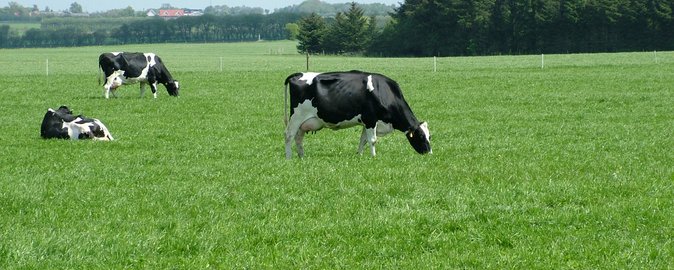Key uncertainties exist in emission estimates, and that results in limited availability of activity data for cattle numbers, feed intake and feed composition.

Enteric fermentation is estimated to be one of the largest sources of anthropogenic methane emissions in the U.S. Although a range of approaches are currently used to estimate enteric emissions, methods vary in their degree of uncertainty, and challenges remain when scaling from individual animals or farms to a national scale.
At the request of multiple federal agencies, the National Academies of Sciences, Engineering & Medicine convened a committee to evaluate methane measurement and monitoring approaches and opportunities to improve inventory development. The study focused on the predominant methane sources, including enteric fermentation, manure management, oil and petroleum systems, landfills and coal mines.
For enteric fermentation specifically, the committee found that updating and simplifying the equations used in the development of the current U.S. Greenhouse Gas Inventory (GHGI, which follows Tier 2 Intergovernmental Panel on Climate Change methodologies) based on synthesis of recent studies could improve emission estimates.
A. Hristov of The Pennsylvania State University in University Park, Pa., reported at the American Dairy Science Assn. annual meeting that key uncertainties in existing emission estimates were found to be the result of limited availability of activity data for cattle numbers, feed intake and feed composition and emission factors adjusted by state or region that may be inaccurate on a local scale.
Hristov said, in the broadest sense, the committee recommended that the U.S. establish and maintain a nationwide research effort to improve the accuracy, reliability and applicability of anthropogenic methane emissions estimates, accounting for all sources. It was noted that this should include atmospheric measurements, regularly reviewed and updated “bottom-up” methodologies that are currently used in the GHGI and the establishment of a fine-scale, gridded inventory that can be verified using atmospheric observations.
About the Author(s)
You May Also Like

.png?width=300&auto=webp&quality=80&disable=upscale)

